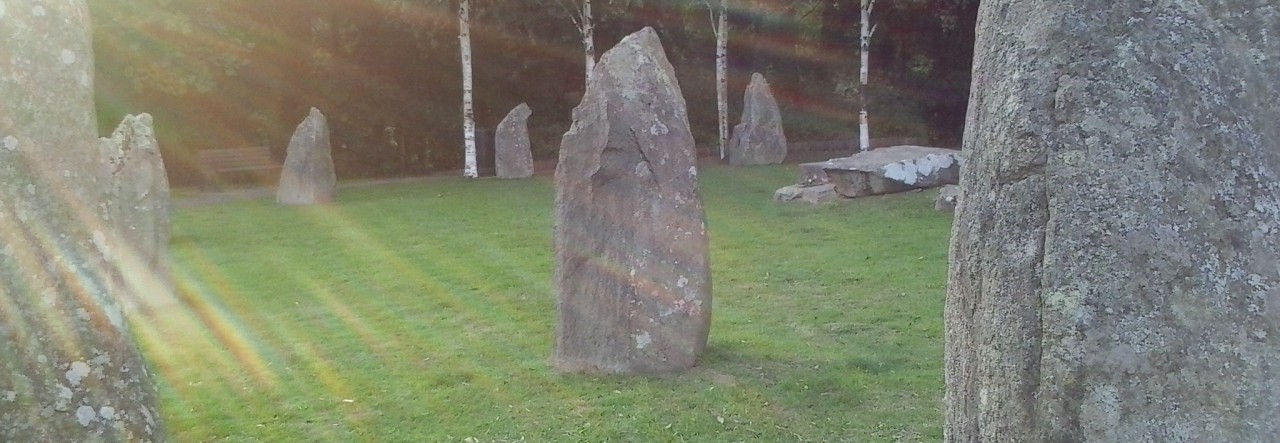Brian Aldiss, Helliconia:
Helliconia Spring, Helliconia Summer, Helliconia Winter
Gollancz SF Masterworks 2010
The Helliconian trilogy is a multi-layered composition, as long and as rich as The Lord of the Rings, as colourful as a medieval tapestry and as polemical as an eco-warrior’s handbook. Aldiss is a prolific author in various genres, not just in science fiction; but SF at its best can itself include a great many genres, and this trilogy therefore has aspects of romance, epic, fantasy, prose poetry and science writing all flourishing in symbiosis with each other. And, like any great narrative, it is not only a great page-turner but has you caring about its characters.
Helliconia is a planet many light-years away being monitored by a manned observation station called the Avernus; perhaps significantly, the station is named after an Italian crater famed for its noxious fumes and reputed in classical times to be an entrance to the Ancient Roman Underworld, and Aldiss has borrowed the word for his own publishing imprint. Contrary to current non-interventionist ethics the Avernus can and does occasionally send down one of its inhabitants on a one-way trip to the surface of the planet; here the individual interacts briefly with the humanoid Helliconians before succumbing to a breakdown in their own immune system. However, the Helliconian humanoids are largely unaware and unaffected by scientific considerations beyond their limited lives (rather like terrestrial humans in this regard), relying on religious beliefs and institutions to provide the philosophic and practical frameworks to their lives; the trilogy is in fact a thinly-veiled critique of institutionalised religions as well as superstition.
The frameworks are necessary to cope with the environments the Helliconians are part of, environments that bring changes in matters of climate, dominant species and fundamental human conditions. Aldiss explores ethical matters such as the misuse of political power, irrational beliefs, gender issues and the health of eco-systems abused by human rapaciousness, and all this can give pause for thought to those who are sensitive to such issues. But while this is a scientific romance we are also aware that within its narrative threads the trilogy holds up a mirror to our own experiences, cultures and passions: for me, for example, Spring, in two phases, is a story combining quest themes with re-births; Summer is a Shakespearian comedy with echoes of A Winter’s Tale (though Aldiss claims re-reading A Midsummer Night’s Dream was his preparation before writing the second novel); and Helliconia Winter has almost as broad a canvas as War and Peace.
Constantly punctuating the text are images of circularity (the Avernus, the Great Wheel of Kharnabhar, the glyph carved on the mysterious standing stones) and of the measurement of time (the hourly geyser of Oldorando, the timepiece of the Avernian traveller Billy Xiao Pin, Odim’s beautiful clock), echoing the underlying cyclic nature of Aldiss’ vast creation. Re-reading the three volumes a quarter of a century later I remain struck not only by the abiding and powerful images of weather and landscape but also by the captivating stories of the fragile and yet very human aliens of that world. It is a world I may yet re-visit in another quarter-century, or even sooner.
Helliconia is not an unqualified success, however. The broad-brush sweep of Earth’s future in the third novel, for example, is a bit simplistic and preachy in its Lovelockian message and sits awkwardly as a counterpoint to the minutiae of individual Helliconian lives. In addition, the flashback device in the second novel and the rapid spring thaw combined with the accelerating cultural innovations of the first novel either distort or telescope the chronology of the narratives. But these are minor flaws in the grand scheme of things, and Helliconia (the name of the planet, as well as appearing as Helicon in Asimov’s Foundation series, may have been inspired by the fact that springs sacred to the Muses were located on Mount Helicon) remains one of those works one feels the better for having read. This one-volume edition, first published in 1996, includes introductions, appendices and a map by Margaret Aldiss.
3/5 reposts of reviews to mark five years of Calmgrove; this review first appeared June 26th, 2012


I did love this series way back when. I met Aldiss a couple of years ago at a book signing – he was a lovely man (in his 80s).
LikeLiked by 1 person
I’ve heard that he’s lovely too, encouraging and enthusiastic. Must reread his The Malacia Tapestry sometime, remember really enjoying it three? four decades ago?
LikeLike
Pingback: Brian Aldiss from Calmgrove – Earth Balm Music
🙂
LikeLike
Great review and seeking out the series has risen to the top of my ‘buy’ list. I’ve come to a gradual realisation that I’m inspired by these ‘other universe’ narratives e.g. UKLG’s Hain universe and I remember reading Brian Aldiss as a youngster though I couldn’t tell you what it was that I read. Thanks for another interesting post.
LikeLiked by 1 person
Other-universe narratives are a favourite of mine too; there’s something about immersing oneself in another world while remaining in an armchair, different from reading about another country elsewhere in our world! Glad you enjoyed this review — I was tempted to rabbit on about the worldbuilding — especially the planet’s ecology — Aldiss displayed here, but I felt that was something for the new reader to enjoy for themselves.
LikeLiked by 1 person
Have purchased a copy of the collected novels from that famous online auction site and found this online: http://sounds.bl.uk/Arts-literature-and-performance/ICA-talks/024M-C0095X0013XX-0200V0
LikeLiked by 1 person
Thanks, Dale, I’ll have a listen on my laptop later today, I’m intrigued now!
LikeLiked by 1 person
Fascinating, intelligent and imaginative – sounds like a wonderful series, Chris. Thanks for the great review. 🙂
LikeLiked by 1 person